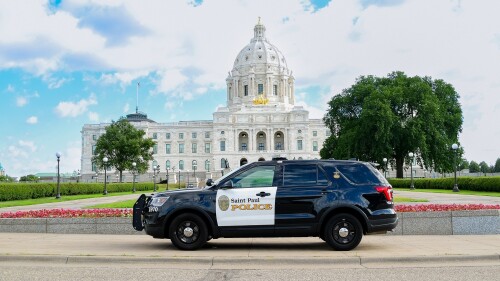By Sarah Roebuck
91��Ƶ
ANN ARBOR, Mich. — When experiencing a stroke, Black Americans tend to arrive later at emergency departments, which are less likely to receive advance notice of the patient’s condition, .
Research conducted by the University of Michigan and Brown University found that Black patients experiencing stroke symptoms took about 28 minutes longer to be brought in for emergency care.
The median time for a patient to reach the hospital after experiencing stroke symptoms was 176 minutes, according to the study, which was published in “Circulation.”
“We found that Black patients who are having a stroke are being underserved in several ways during the chain of survival, a process that requires everyone, from bystanders to first responders and clinicians, to collaborate and move quickly to save lives,” said author , clinical assistant professor of emergency medicine at University of Michigan Medical School.
“This is a disparity that must be addressed, as Black Americans have a higher prevalence of stroke, get strokes younger and die at greater numbers from the condition,” Royan continued.
The research team analyzed data from over 600,000 stroke patients in the American Heart Association’s Get With The Guidelines Stroke Registry, spanning from mid-2015 to 2019.
The study found that Black and white patients were equally likely to use emergency services during a stroke. However, EMS providers were about 20% less likely to notify the hospital in advance when transporting a Black patient compared to a white patient. Hispanic and Asian patients also had lower chances of receiving prehospital notification.
“We know that an EMS notification of stroke leads to more timely and high-quality care when a patient arrives at the emergency department, yet these gaps in prehospital notification exist and may be getting worse,” said , co-author and clinical instructor of neurology at U of M Medical School.
Patients from counties with higher social deprivation—measured by factors like poverty, education levels and access to transportation—took longer to reach the hospital after showing stroke symptoms, according to the study. Hospitals receiving patients from these areas were also less likely to get advance notice from EMS.
These delays may be partly due to systemic challenges within EMS care, researchers said.
“In rural areas, an entire county may be serviced by a single municipal EMS agency,” said senior author Tracy E. Madsen, M.D., Ph.D., emergency physician and vice chair of research in the Department of Emergency Medicine at Brown University.
“In our study, the association between social deprivation and lack of EMS notification ahead of transport may be the result of variations in EMS agency-level protocols, though other provider and patient level factors that vary at the county level could also be contributing,” Madsen continued. “Future national studies could evaluate the role that different EMS agencies play in prehospital stroke performance.”
Most stroke patients don’t reach the hospital in time to receive advanced treatments like clot-busting drugs or minimally invasive thrombectomy, researchers said.















